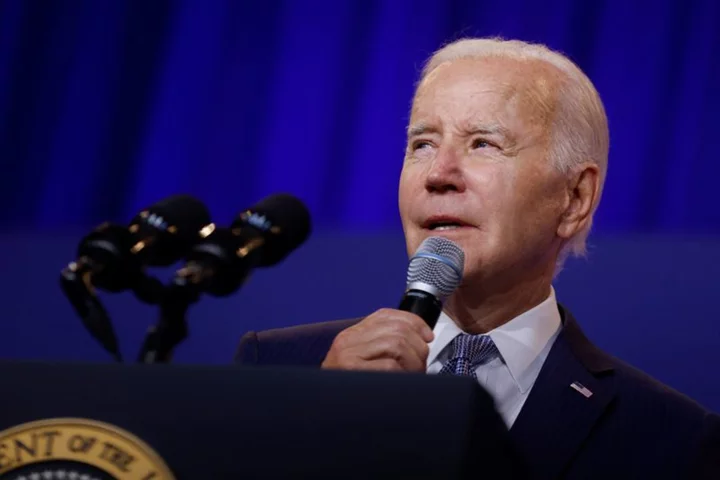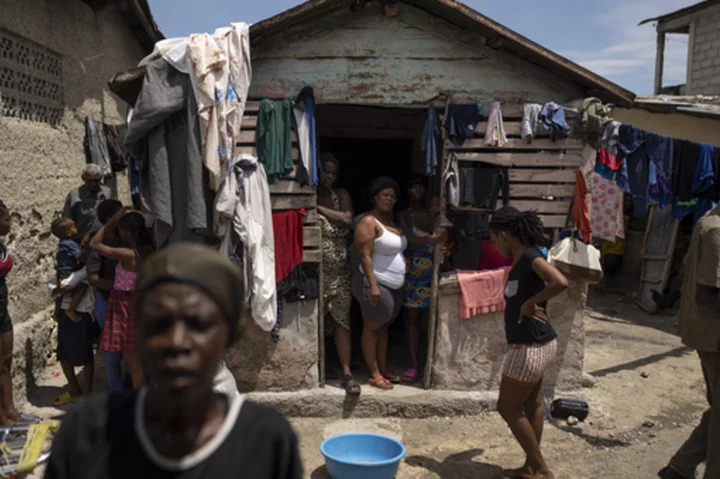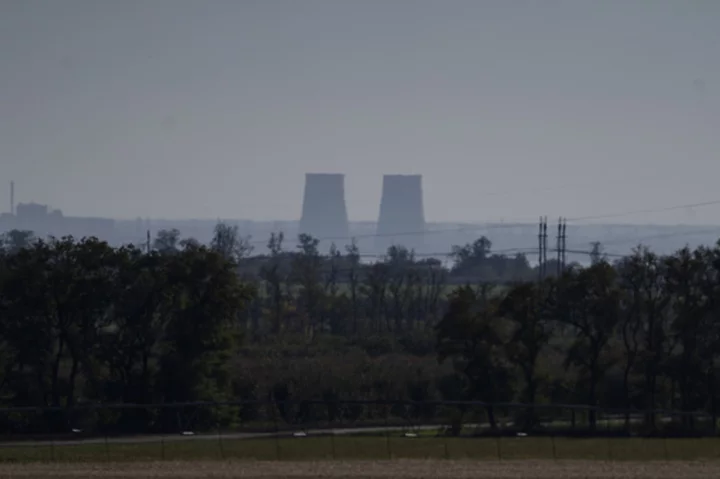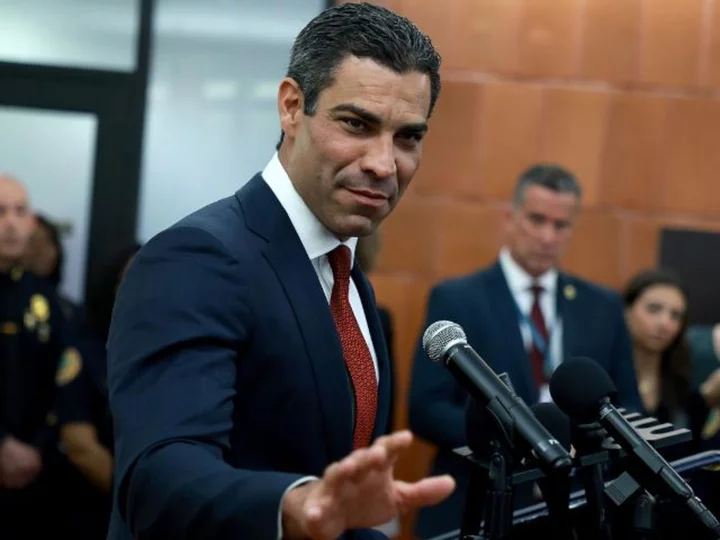By Jarrett Renshaw and Steve Holland
(Reuters) -President Joe Biden headed to Maine on Friday, his first trip to the state since winning the White House, to lay out the economic case for a second term, highlight a woman-owned local factory and celebrate new U.S. inflation and growth numbers.
Biden will visit and make remarks at Auburn Manufacturing Inc, a company that produces heat- and fire-resistant fabrics primarily with domestic-made materials. Biden will also issue an executive order that will boost incentives to manufacture new publicly-funded inventions domestically.
Biden's trip comes amid a wave of favorable economic news. U.S. annual inflation slowed considerably in June, likely pushing the Federal Reserve closer to ending its fastest interest rate hiking cycle since the 1980s. U.S. GDP grew by 2.4% in the second quarter, defying recession fears, and consumer confidence is at a two-year high.
"He'll discuss how Bidenomics is revitalizing American manufacturing and bringing investments,” White House spokesperson Karine Jean-Pierre told reporters Thursday. “Big investments, investments that many cities haven’t seen before, as it relates to jobs, as it relates to making sure we are making things in America again.”
Auburn, population 24,000, is located in Maine’s 2nd Congressional District, which covers 80% of the state's land mass and is the only district in New England that voted for Donald Trump in 2020. It’s more conservative, rural, white and working class than the state's only other congressional district, which includes coastal cities and towns.
Several Democratic members of the U.S. House of Representatives met at the White House on Friday to discuss implementing the $1 trillion infrastructure bill that Biden has signed into law.
A top House Democratic leader, Steny Hoyer, told reporters afterward that 37,000 projects are under way funded by the legislation.
"What we did is working in every part of the economy," he said.
Maine is one of just two states - the other is Nebraska - that award an electoral vote to the winner of each congressional district, in addition to the two electoral votes that go to the winner of the statewide popular vote.
(Reporting by Jarrett Renshaw; Editing by Leslie Adler, Heather Timmons and Deepa Babington)









